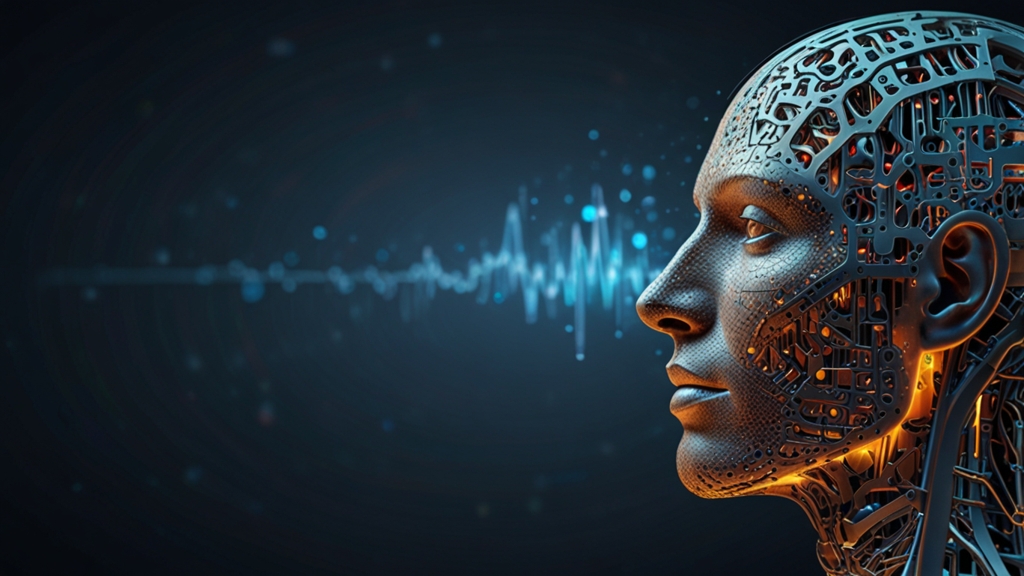Introduction
The 21st century has witnessed a tremendous transformation in educational practices, primarily driven by advancements in technology. The advent of innovative tools has enhanced the learning experience, making it more interactive, personalized, and accessible. In this article, we'll explore various 21st-century tools that can revolutionize your educational approach, fostering an environment of continuous learning and growth.
Virtual Classrooms and Learning Management Systems (LMS)
Virtual classrooms and LMSs have redefined traditional educational boundaries. Platforms like Google Classroom, Moodle, and Canvas offer a centralized space for course materials, assignments, and communication. These tools promote flexibility, allowing learners to access content from anywhere, at any time, and on any device.
"The strength of the LMS lies in its ability to personalize learning. By analyzing student data, instructors can tailor educational experiences to individual needs, significantly improving outcomes." - Dr. Emily Johnson, Educational Technologist
Interactive and Gamified Learning
Gamification introduces game-design elements into the educational environment, making learning more engaging and enjoyable. Tools like Kahoot!, Quizlet, and Duolingo incorporate challenges, rewards, and scoring systems to motivate learners. This approach not only enhances retention but also develops problem-solving skills and critical thinking.
Interactive learning platforms, such as Nearpod and Pear Deck, integrate multimedia elements like videos, quizzes, and polls into lessons, fostering an interactive and immersive learning experience. These tools encourage active participation and instant feedback, crucial for effective learning.
Artificial Intelligence and Adaptive Learning
Artificial Intelligence (AI) and adaptive learning technologies have introduced a new era of personalized education. AI-powered tools, such as DreamBox and Smart Sparrow, analyze student performance and adapt content in real-time. This ensures that learners receive instruction tailored to their pace and level of understanding, optimizing the learning process.
"Adaptive learning systems represent the future of education. By leveraging AI, we can create dynamic learning paths unique to every student, offering a truly individualized educational experience." - Prof. Alan West, AI in Education Expert
Collaborative Tools and Social Learning
Collaboration and social learning play a vital role in modern education. Tools like Microsoft Teams, Slack, and Zoom provide platforms for real-time collaboration and communication. These tools facilitate group projects, discussions, and peer-to-peer learning, essential for developing teamwork and communication skills.
Social networking elements, incorporated into platforms like Edmodo and Schoology, create a community of learners and educators, enabling the sharing of resources, insights, and support. This connectivity fosters a collaborative and supportive learning environment.
Augmented Reality (AR) and Virtual Reality (VR)
AR and VR technologies offer immersive educational experiences that can transform abstract concepts into tangible realities. Tools like Google Expeditions and Nearpod VR allow students to explore historical sites, complex biological structures, or distant planets, right from their classroom. These experiences make learning more engaging and memorable.
"Augmented and Virtual Reality are not just gimmicks; they are powerful tools that can bring education to life. When students can 'experience' what they are learning, their understanding deepens exponentially." - Jane Hunter, Educational Technologist
Conclusion
The integration of 21st-century tools into education is not just an enhancement but a necessity in today's fast-paced, technology-driven world. From virtual classrooms and gamified learning to AI and immersive technologies, these innovations are redefining how we teach and learn. By embracing these tools, educators can create a more engaging, personalized, and effective learning environment, preparing students for the ever-evolving demands of the future.





